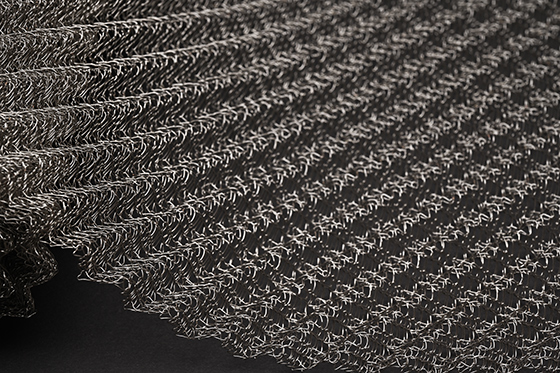
The application technologies of metal knitted nets in hydrogen production mainly include the following aspects:
As electrode materials for hydrogen production by electrolyzing water
Used for gas separation and filtration in the process of hydrogen production
As carriers for hydrogen production catalysts

Contact Information
Enterprise Policy
Opening Hours
Follow Us
Copyright Qinhuangdao Yanda-Guohai All Right Reserved Record Number:冀ICP备15001371号-1